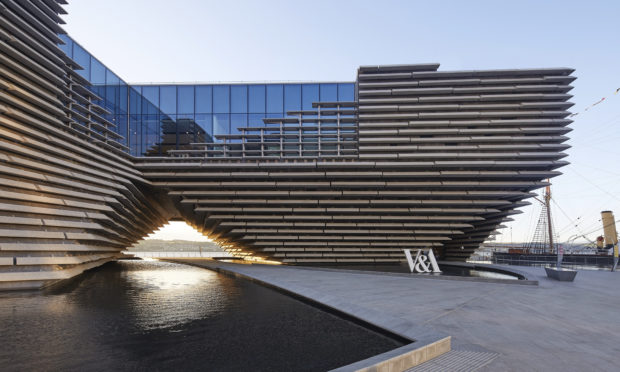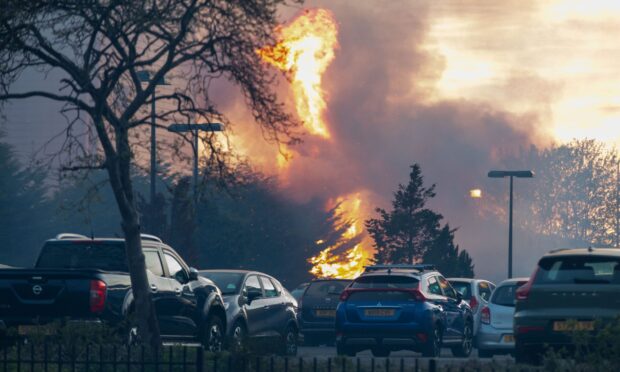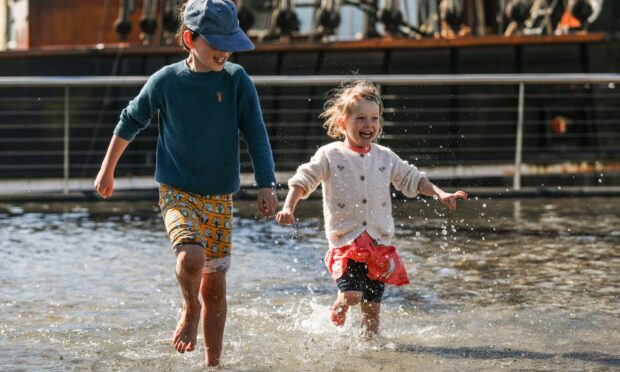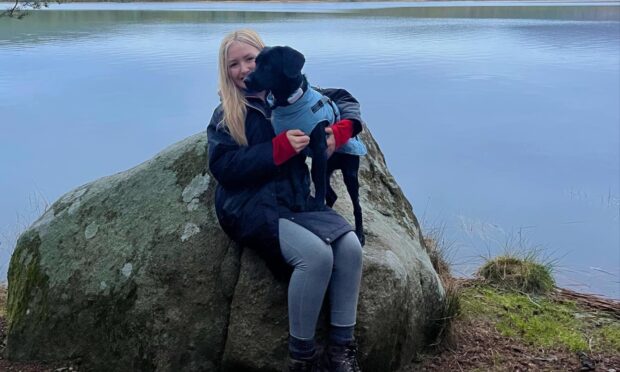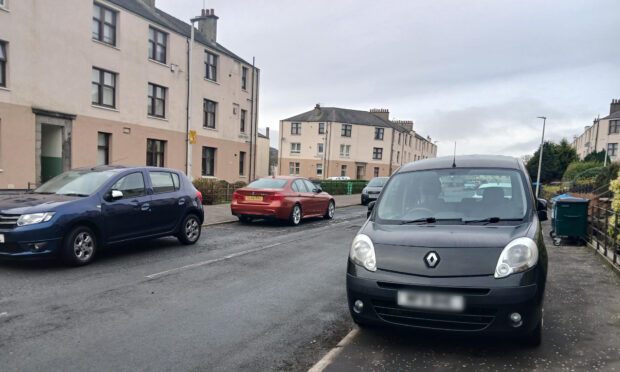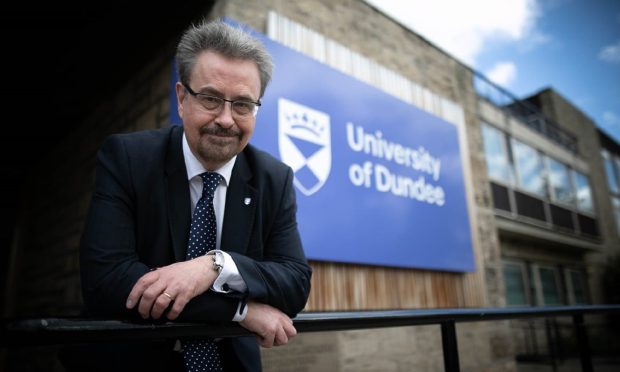Tourism agency VisitScotland has said V&A Dundee will continue to draw visitors to the city for years to come.
Figures released by Dundee City Council this week revealed the city had enjoyed a record-breaking 2018 in terms of visitor numbers and the economic benefit they bring.
Tourists pumped £187 million into the local economy — £16m more than in the previous 12 months.
The number of day visitors to Dundee rose from 412,520 in 2017 to 560,000 last year.
The opening of the V&A in September is credited for the rise in visitor numbers and spending.
Caroline Warburton, VisitScotland regional leadership director, said she believed the £80m museum will be a magnet for visitors for years to come.
She said: “The opening of the V&A Dundee last year shone a spotlight on the city.
“This spotlight has not only highlighted the museum’s iconic design, but also Dundee’s character and personality as a city of design and creativity and fascinating heritage and history.
“2018 provided the opportunity to showcase to visitors Dundee’s reputation as a must-see city and we look forward to this continuing in 2019 and beyond.”
More than 300,000 people visited the V&A in its first three months with more than 500,000 passing through its doors by the end of March.
It was anticipated it would take a year to reach this landmark.
The museum, designed by Japanese architect Kengo Kuma, has now also been shortlisted as “Museum of the Year” in the £100,000 Art Fund prize.
Dundee has been named as one of the world’s must see tourist destinations by publications such as National Geographic Traveller Magazine and Vogue.
The city was also named the best place to live in Scotland in The Sunday Times.
Ms Warburton said Dundee’s success and international profile would benefit the rest of Scotland.
She said: “New attractions such as V&A Dundee, along with world-class international events such as the 2019 Solheim Cup, show that Scotland continues to deliver experiences, events and attractions which meet the ever-changing demands of our visitors and that we send them home as ambassadors for the region and Scotland more widely.”
